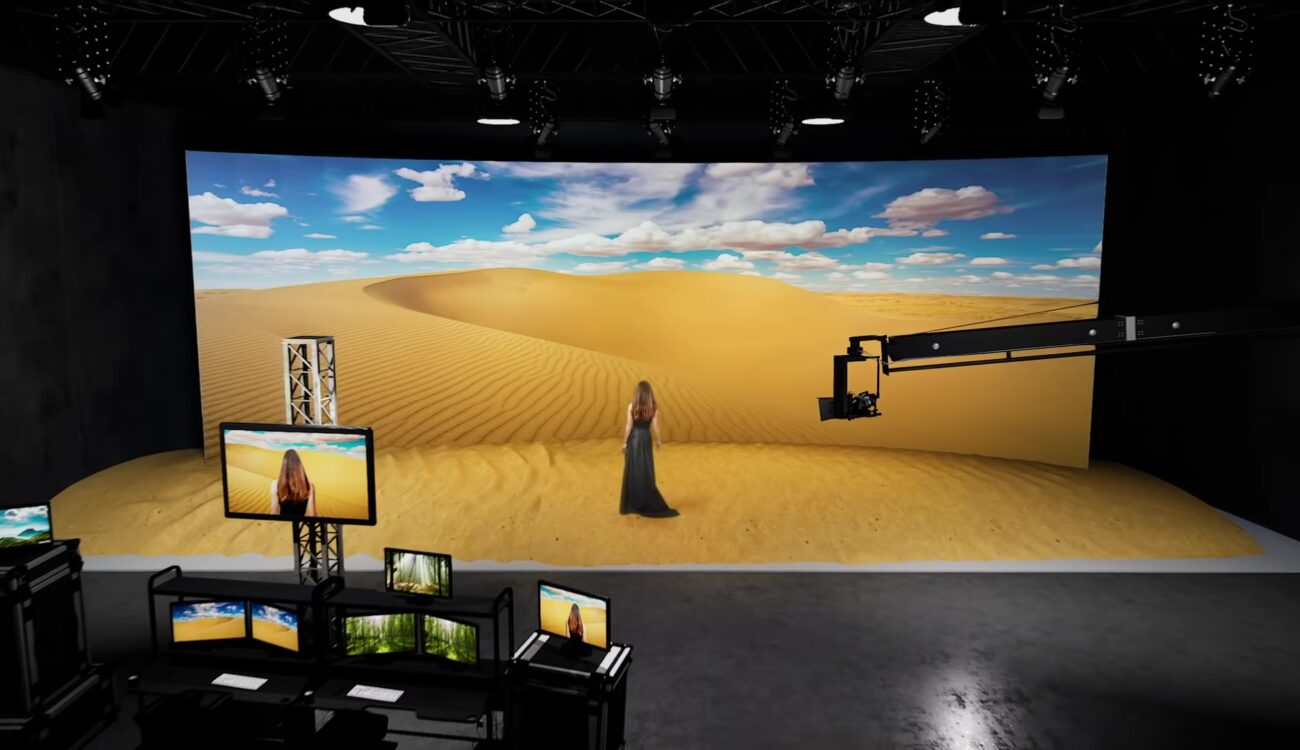Demystifying Light Emitting Diode Wall Surface Luminance Evaluations for Ideal Screen Performance
Demystifying Light Emitting Diode Wall Surface Luminance Evaluations for Ideal Screen Performance
Blog Article
Light Emitting Diode panel screens have become more and more popular across different settings, from homes to businesses and communal spaces. Such screens tend to be recognized due to the bright and dynamic visuals, that render them ideal to conveying data, ads, as well as entertainment. However, understanding the illumination levels for LED wall screens remains crucial to guaranteeing ideal visual efficacy. Brightness can be measured in metrics known as nits, which show how much light is emitted from a screen. A greater number of number of nits, the brighter the display is. For, instance, one screen boasting one thousand candelas stands significantly brighter than one featuring 500 candelas, making it more suitable for brightly lit settings.
As you selecting an Light Emitting Diode panel screen, one becomes crucial to consider the setting where which the screen will be placed. For well-lit lit areas, such as shopping malls or open-air settings, higher higher luminosity level is necessary for ensure clarity. On the other hand, in darker settings, like theaters or conference rooms, lower lower brightness level may suffice. This is because excessive brightness within an dark environment can lead to discomfort for viewers, making it harder for concentrate with a display. Therefore, understanding the specific requirements of the installation location can help in selecting a right illumination rate to ensure ideal viewing experience.
Another important element for take into account the contrast differential proportion in an LED wall panel. The contrast ratio measures how much disparity exists between the brightest most luminous white versus the darkest black shade that the panel can produce. A higher differential proportion indicates the display can it is capable of show more detail and depth, which enhances general visual quality. For instance, a panel with an contrast ratio of ten thousand to one is able to show visuals featuring more brilliant hues as well as crisper features than a with a ratio at one thousand to one. Such is particularly important when showing visuals and motion graphics that require high definition as well as fine details, such as presentations or advertising material.
Additionally, the mechanism behind LED wall screens has a crucial role for their brightness and overall efficiency. Various types of LED methods, including OLED and LCD, possess distinct characteristics that impact the way brightness is experienced. Organic Light Emitting Diode panels typically provide superior differential and deeper shades, thereby can enhance a visual experience within dim environments. On the other hand, find more info standard Light Emitting Diode panels may prove to be better for bright spaces because of their ability for produce greater levels of illumination. Comprehending such technological differences will help users in deciding on knowledgeable choices according to specific specific needs.
In conclusion, regular maintenance as well as adjustment of LED panel panels can assist maintain optimal illumination and performance over time. Dust as well as particles can accumulate in the surface, impacting its brightness as well as sharpness of the visual. Periodic washing as well as professional calibration can guarantee that the screen operates at top best, offering uniform image quality. Additionally, certain sophisticated LED panel panels come built-in built-in options which allow operators for adjust illumination settings as well as hue settings commercial use of led screens based on their preferences. Through taking such steps, users can guarantee that their Light Emitting Diode wall screens deliver an optimal display efficiency, regardless of where environment in that they are placed.